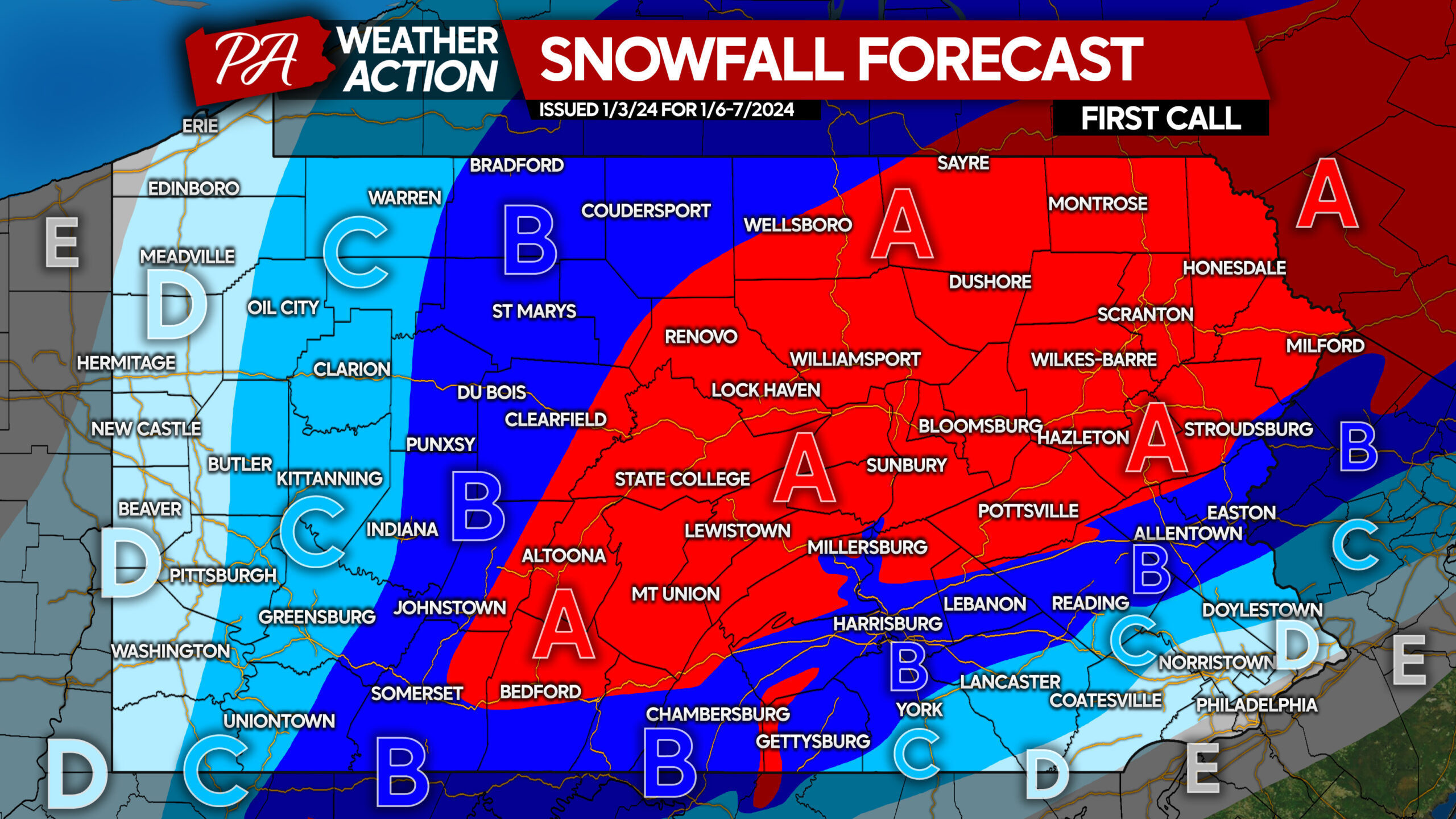Snow Forecast: Your Ultimate Guide To Predicting Snowfall - Weather radar is a powerful tool used in snow forecasting. It detects precipitation in real-time and provides information about the intensity and movement of snowfall. Radar images help meteorologists track storm systems and predict their impact on specific areas. Satellite imagery offers a broader view of weather patterns across large regions. It helps meteorologists identify developing storm systems and track their progression. Satellite data complements radar information, providing a comprehensive understanding of atmospheric conditions.
Weather radar is a powerful tool used in snow forecasting. It detects precipitation in real-time and provides information about the intensity and movement of snowfall. Radar images help meteorologists track storm systems and predict their impact on specific areas.
Whether you're a skier looking for fresh powder or a commuter trying to avoid icy roads, accurate snow forecasts are invaluable. This guide will cover everything you need to know about snow forecasts, from the basics to advanced techniques, ensuring you're well-prepared for the winter season.

Staying safe during snowfall requires preparation and awareness. Here are some tips to help you navigate winter weather:
Snow forecasts are particularly important for regions that experience heavy snowfall regularly. They help in planning road maintenance, ensuring public safety, and organizing outdoor activities. Understanding the basics of snow forecasting can empower you to make informed decisions during the winter months.
Each model has its strengths and limitations, and meteorologists often compare results from multiple models to improve forecast accuracy.
Several key components are considered when creating a snow forecast:

For winter sports enthusiasts, accurate snow forecasts are essential for planning activities. Skiers, snowboarders, and snowmobilers rely on detailed forecasts to find the best conditions for their pursuits. Snow forecasts help ensure a safe and enjoyable experience on the slopes.
Moisture levels in the atmosphere are another critical factor. Higher moisture levels increase the likelihood of snowfall, while dry conditions may result in minimal or no snow accumulation. Monitoring moisture levels helps meteorologists refine their predictions.
Snow forecasting is a vital tool for preparing for winter weather. By understanding the science behind snow forecasts and utilizing available resources, you can make informed decisions to ensure your safety and comfort during the snow season. Whether you're planning a ski trip or preparing for a snowstorm, accurate snow forecasts provide the information you need to stay ahead of the weather.
We encourage you to share this article with others who may benefit from it and leave your thoughts in the comments section below. For more insights on weather and climate, explore our other articles on the site.
A snow forecast refers to the prediction of snowfall in a specific area over a defined period. Meteorologists use advanced technology and data analysis to provide detailed information about when, where, and how much snow is expected to fall. This information is critical for individuals, businesses, and governments to prepare for winter weather conditions.
While snow forecasting has improved significantly with advancements in technology, challenges remain. Factors such as localized weather patterns, terrain influences, and sudden changes in atmospheric conditions can affect forecast accuracy. Meteorologists continuously refine their methods to address these challenges.
